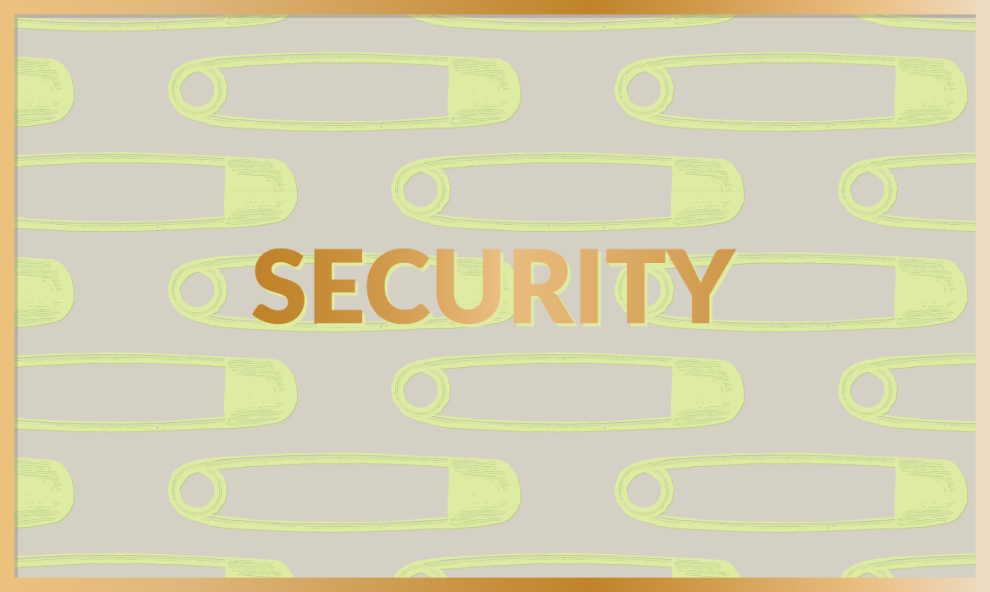At the heart of criminality, says Mark Kleiman, lies impunity. When crime is not punished, it recurs. On the other hand, if the punishment is disproportionate or, simply, not credible, its dissuasive power is irrelevant, if not negative. What’s required, says this specialist with a long career in law enforcement prior to devoting himself to studying the phenomenon, is an intelligent strategy based on the existence of very clear rules for social behavior, but rules with which the State has the capacity of enforcing. In the latter resides the key.
Although focused on the criminal phenomenon in the U.S.*, Kleiman´s conceptual proposals are as valid there as elsewhere, in addition to his previously having trained his crosshairs on Mexico’s case**. In essence, the proposal is the following: it must be accepted that crime is a real problem, that there are too many myths and prejudices about the way the political world focuses on it and that the solutions, which I would sum up as “tough-fisted”, are not liable to resolving it. What is required is an integral strategy. What follow are core elements of Kleiman’s argument:
•The Left must abandon the view “that crime is mostly an imaginary problem, vastly overstated by the Right to put racial fears in socially acceptable code; that the root of criminal activity is inequality and injustice, and that only basic social reform can control it; that the criminal-justice system functions primarily as an engine of racial and social-class oppression, as evidenced by the huge disproportion between the racial makeup of the prison population and the racial makeup of the country as a whole; and that enforcement should focus on white-collar crime”, the corruption of the politicians, the all-powerful or the wealthy.
•On its part, the Right must stop “regarding “victims” and “perpetrators” as distinct groups—as if most criminals hadn’t first been victims—and punishment as good, and more punishment as better, conditional only on actual guilt and some sort of due process”. In other words, that the context within which crime flourishes and develops produces much of the criminality.
•What’s required is a strategy against criminality that utilizes punishment in an intelligent manner, which means using it as sparingly as possible but also as much as necessary.
•A better police system and one designed for the pursuit of justice should be the heart of a strategy against crime.
•”By asserting lawless power over the victim, the perpetrator not only puts the victim in fear of the event happening again (with or without a change of victimizer) but also acts out the message that the victim is not someone whose person or property others need to respect”. That is, impunity should be fought against not only as the cause of the crime but also as a strategy to combat it.
•Punishment –the fact and its form- is important because it is the main dissuasive principle of crime, but also because it avoids that victims respond with a lawsuit to punish whomever, independently of whether he is the real criminal, at whatever price. “This helps make sense of the demand of victims and their families that someone—even, sometimes, the wrong person—be punished, to give the victims ‘closure’.” (case in point, Cassez).
•The absence of a response on the part of the authority –impunity- generates its own dynamic. People lock themselves in, abandon public spaces and avoid frequenting zones with high criminality rates. While explainable, all of these attitudes and actions have consequences: they consolidate crime zones “Living in chaos makes people more present-oriented and less averse to risk, two characteristics that make crime, with its immediate and certain gains and its deferred and uncertain losses, appear more attractive” (essentially because the person in this situation has nothing to lose) and creates or sharpens social divisions that later are nearly impossible to moderate. “Converting imprisonment from a shocking disgrace to a routine incident of early manhood greatly reduces the stigma that carries much of its deterrent power when it is sparingly used”. Spending time in jail, with punishment thus becoming a rite of initiation, is precisely the opposite of what should be sought.
•The economic conception of crime (that the potential delinquent formulates a rational calculation of the risk of committing a crime) resides in the construction of incentives that dissuade them. However, the evidence suggests that criminals are not rational actors in this economic sense. The bedrock cause of criminality is poor calculation by the criminal and the solution to it must be a combination of strategies that improve his decision-making process while developing a credible threat that in effect serves as a dissuasive factor. This is not achieved with the current system of severe sentences or impunity.
•To comply with its pledge, punishment must be swift and certain. What’s fundamental is not its being severe but it’s being effective. What’s crucial is that the potential criminal is sure that he’s going to receive immediate and merciless punishment, that the authority will take action and not hesitate.
•The key for the authority to be successful is for there to be an effective police corps and a judiciary that complies with its function. There are numberless experiments in diverse cities (referring to the U.S.) that illustrate distinct forms of police effectiveness and, in the majority of cases, success does not lie in aggressiveness but rather in the intelligent use of force and of technology, in addition to achieving a certain propinquity with the population.
•The most effective way to decrease crime is to establish a tidy set of rules that everyone knows: that they understand what is acceptable behavior and which is not, and that all know what will happen if the rules are broken. The rules should be accompanied by an effective surveillance system and the sanctions for whatever transgression should be swift and certain.
Kleiman’s concept is clear: criminality and violence cannot be permitted to prosper, but to attack them it is necessary to construct an intelligent strategy that departs from the elemental principle that people respond when they are clear about the cost of breaking the law.
My reading of the proposal in terms of the concept’s potential application to Mexico is the following:
•The key factor lies in the construction of State capacity, that is, the development of police and judicial systems that are competent and capable of controlling criminality and maintaining order. That should be the goal.
•While this capacity is being constructed, action must be taken with the resources in existence at the moment.
•The first step would consist of establishing rules: what’s acceptable and what’s not and which punishment will be imposed in the face of a transgression. The rules and the punishments must match the existing State capacity at that moment; that is, a rule cannot be announced if its compliance cannot be enforced. As State capacity is strengthened, the rules are made more stringent and specific until, eventually, the objective is achieved: maintaining the peace by means of a believable threat.
•To develop modern police systems that get closer to the population and in which the relationship with it constitutes a dissuasive factor.
There’s no, pardon the catchphrase, magic bullet, but the condition sine qua non is starting to act. The problem doesn’t go away because it’s not a buzzword any more.
*Smart on Crime, http://www.democracyjournal.org/28/smart-on-crime.php?page=all y
**Smarter Policies for Both Sides of the Border, Foreign Affairs, September/October 2011






Comments